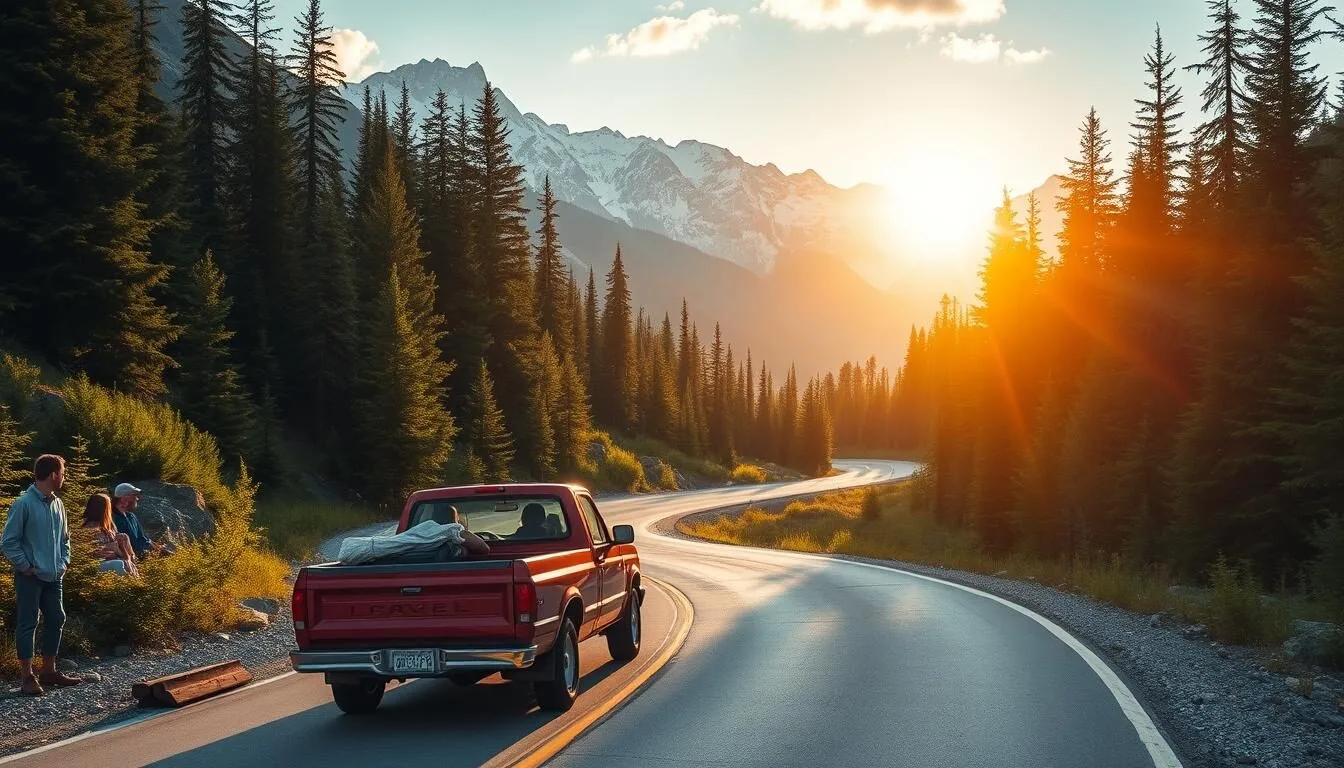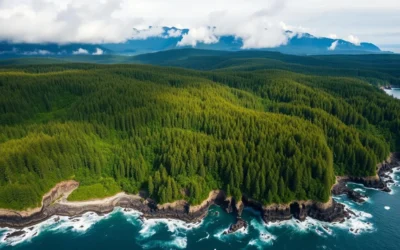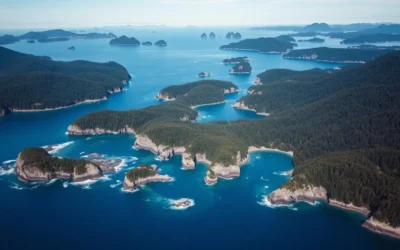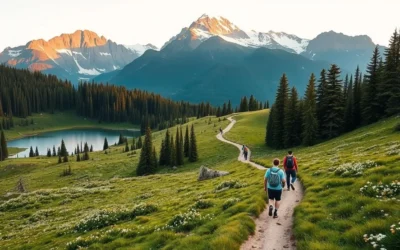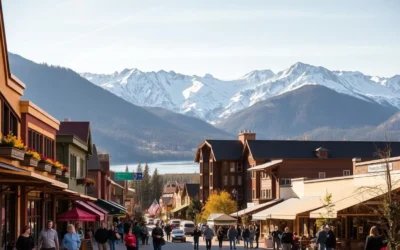✓ Accommodations✓ Flights✓ Rental Cars
Imagine driving through over 1,400 miles of breathtaking wilderness landscapes, where the journey is just as spectacular as the destination. The Alaska Highway, also known as the ALCAN, offers one of North America’s most epic road trip experiences.
This legendary journey takes you through some of Canada’s most spectacular natural scenery, from historic sites and engineering marvels to natural hot springs and charming roadside communities. Originally built during World War II, the highway has transformed into a bucket-list adventure for travelers.
As you travel along this iconic route, you’ll discover the rugged beauty of northern regions, making it an unforgettable experience. Get ready to explore the wilderness like never before.
The Legendary Alaska Highway: An Overview
The legendary Alaska Highway stretches across British Columbia, offering an unforgettable journey through varied landscapes. As you travel this iconic road, you’ll witness breathtaking natural beauty and experience the rich history of the region.
History and Significance
The Alaska Highway is a testament to engineering prowess and historical significance, built during World War II to connect the contiguous United States to Alaska. This highway has become a symbol of adventure and exploration, attracting travelers from around the world.
Route Overview and Key Facts
The modern Alaska Highway begins at Mile 0 in Dawson Creek, British Columbia, and extends 1,387 miles to Delta Junction, Alaska. The route spans diverse terrains, from rolling farmland to mountain passes. Here are some key facts about the highway:
| Section | Distance | Notable Features |
|---|---|---|
| British Columbia | 613 miles | Peace River region, Northern Rockies, Liard River Valley |
| Terrain Variations | – | Rolling farmland, boreal forests, mountain passes, alpine meadows |
| Road Conditions | – | Fully paved and maintained year-round |
As you journey along this road, you’ll experience the vast wilderness and diverse landscapes that make the Alaska Highway an adventure of a lifetime. The journey is as important as the destination, with numerous attractions and natural wonders along the way.
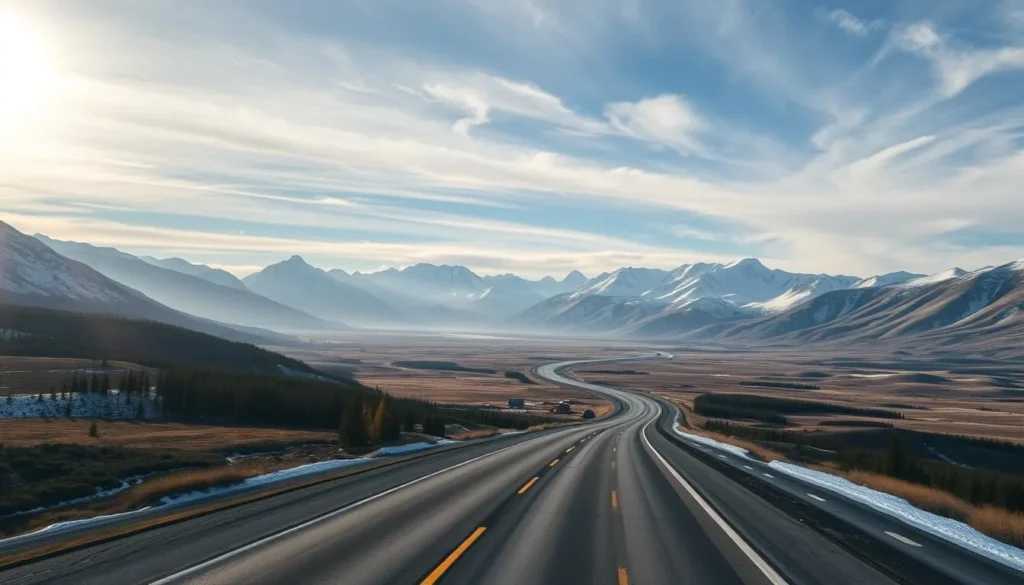
Planning Your Alaska Highway Adventure
As you prepare for your Alaska Highway journey, careful planning is essential to make the most of your trip. A well-planned adventure ensures that you can fully appreciate the rugged beauty and attractions along the way.
Best Time to Travel
The best time to travel the Alaska Highway is during the summer months when the weather is mild and the days are long. This period, typically from June to August, offers optimal conditions for driving and exploring the numerous attractions along the highway.
How Many Days to Allow
We did the drive over 6 days and fell in love with the rugged beauty that is constantly on display on this route. Allowing sufficient time for your journey is crucial, as it enables you to enjoy the scenic views and stop at various attractions without feeling rushed.
Vehicle Considerations
When it comes to vehicle preparation, ensuring your car is in excellent mechanical condition is paramount. While any well-maintained vehicle can handle the Alaska Highway during summer, an SUV or vehicle with higher clearance provides advantages for exploring side roads and attractions. Consider carrying essential spare parts and tools, and think about renting a satellite phone for emergency situations.
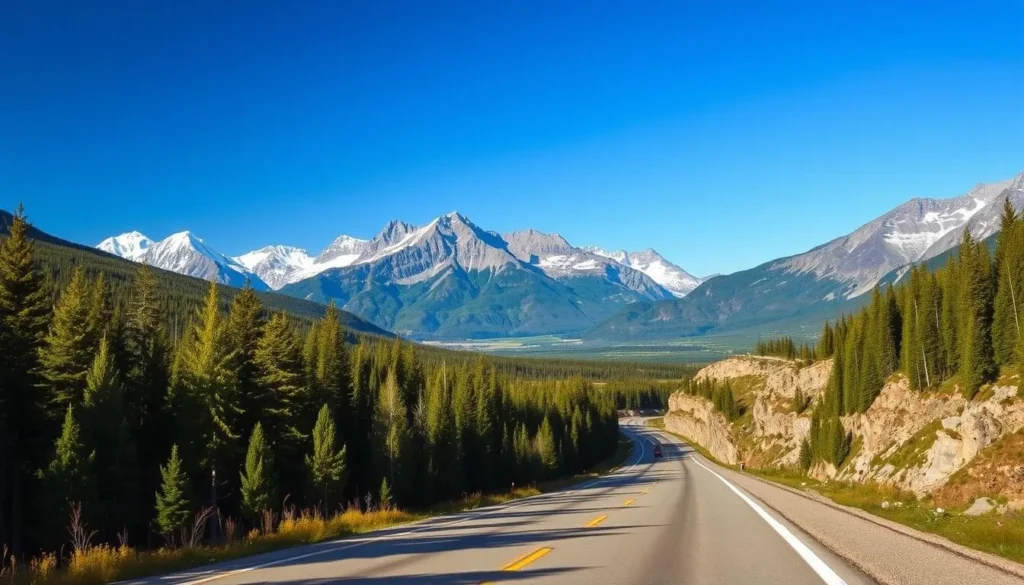
Starting Point: Mile 0 and Dawson Creek
As you embark on the Alaska Highway journey, the first stop is Dawson Creek, a town that marks the beginning of this epic adventure. Your journey officially starts here, where the iconic Mile0 sign has been photographed by travelers for decades.
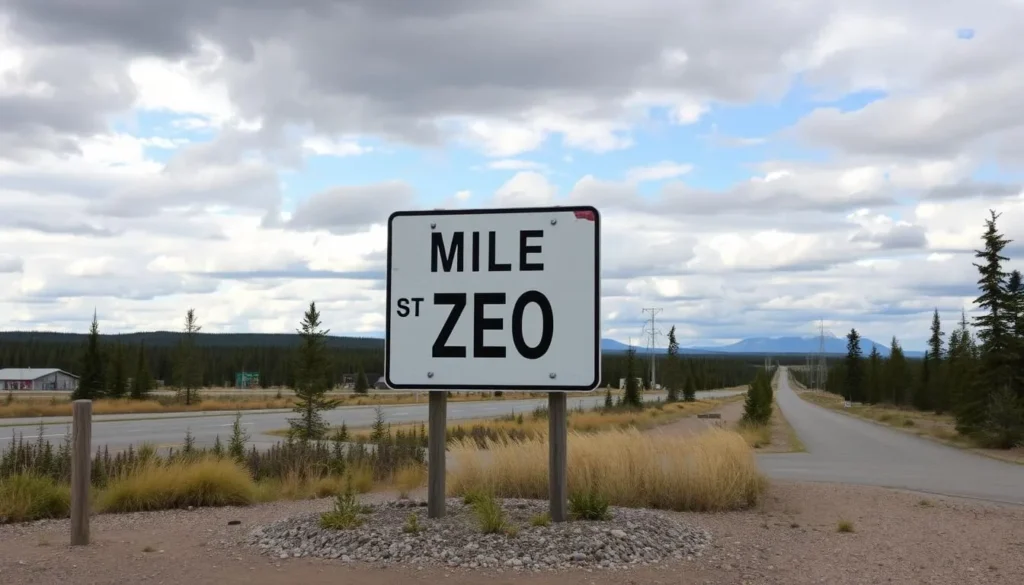
The Iconic Mile0 Sign
The Mile0 sign is a must-see landmark, symbolizing the start of your 1400-mile journey to Alaska. Be prepared for a crowd, as this spot is a favorite among travelers.
Dawson Creek Attractions
Beyond the Mile0 marker, Dawson Creek offers several attractions worth exploring. Visit the Alaska Highway House museum to understand the history of the region and the construction of the highway. The Northern Alberta Railways Park showcases preserved railway buildings and construction equipment. Downtown Dawson Creek features colorful murals depicting the town’s history, creating an open-air museum experience. Stock up on supplies at local stores, as Dawson Creek is the last major service center before entering more remote areas.
Historic Bridges and Engineering Marvels
One of the most fascinating aspects of the Alaska Highway is its historic bridges and the engineering prowess that went into their construction. As you journey along this iconic road, you’ll have the opportunity to witness some of the most remarkable engineering achievements of World War II.
Kiskatinaw Bridge
The Kiskatinaw Bridge, located in British Columbia, is a notable example of historic design and engineering. Built as part of the Alaska Highway during World War II, it’s one of the few remaining wooden curved bridges in Canada. Although you can’t drive on it anymore, it’s still a remarkable sight to behold.
Other Notable Structures
Beyond the Kiskatinaw Bridge, the Alaska Highway features numerous other engineering achievements. The Peace River Bridge near Taylor, though rebuilt, represents a major water crossing that required significant engineering expertise. The Sikanni Chief River Bridge, constructed in just 84 hours, is a testament to the urgency and efficiency of the military construction teams. Modern improvements have replaced many original structures, but interpretive signs highlight the locations of significant engineering challenges and solutions.
Must-Visit Museums Along the Alaska Highway
Your journey on the Alaska Highway will be enriched by visits to its standout museums, each telling a unique story of the area’s heritage. These museums are crucial in preserving the history and community that make this region so special.
Fort Nelson Heritage Museum
The Fort Nelson Heritage Museum is a treasure trove of local heritage, showcasing the stories and experiences of the area’s early settlers and indigenous peoples. As you explore the museum, you’ll gain a deeper understanding of the people who have shaped this region.
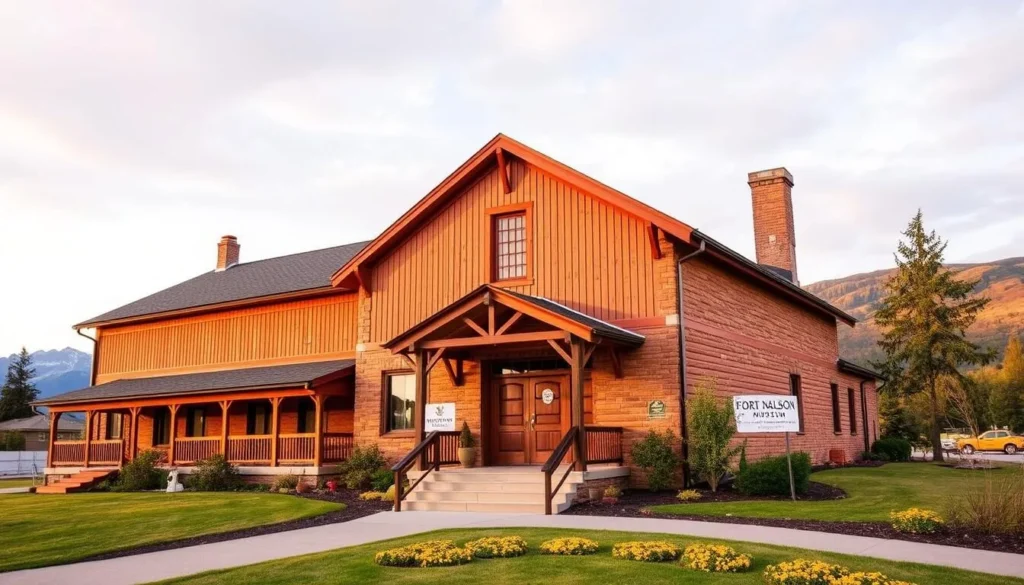
George Johnston Museum
Situated in Teslin, Yukon, the George Johnston Museum offers a fascinating glimpse into the life of this remarkable Tlingit photographer, trapper, and entrepreneur. The museum’s centerpiece is Johnston’s famous 1928 Chevrolet car, which he drove on winter ice roads he created himself. You’ll be captivated by Johnston’s stunning black and white photographs, which provide an invaluable record of Tlingit culture and daily life in the early 20th century.
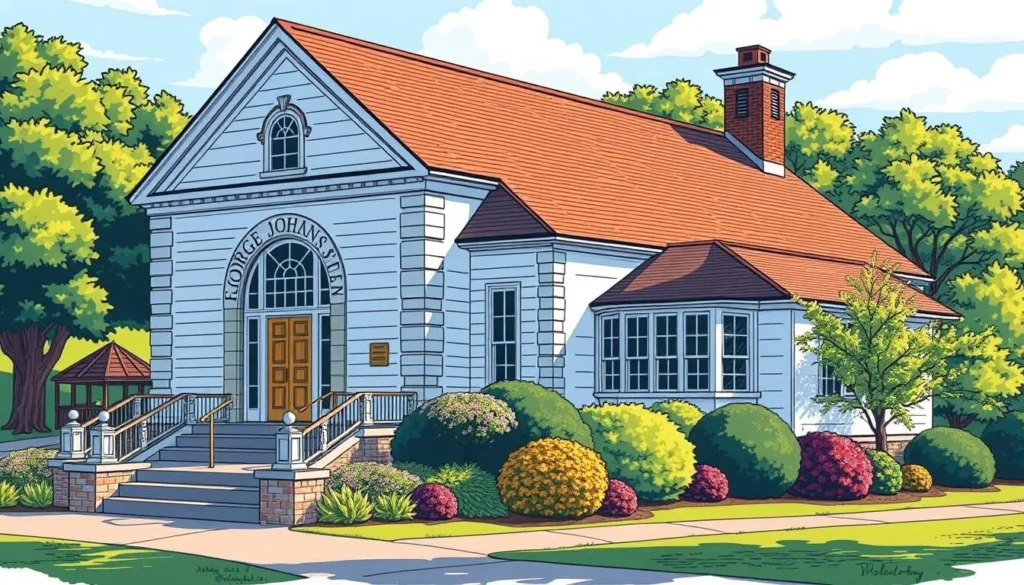
Both museums are essential stops on your Alaska Highway journey, providing a deeper understanding of the region’s history and the community that calls it home.
Natural Wonders and Scenic Lakes
As you travel along the Alaska Highway, you’ll encounter breathtaking natural wonders that will leave you in awe. The region is home to numerous stunning lakes and scenic vistas that are perfect for outdoor enthusiasts and nature lovers.
Summit Lake in Stone Mountain Provincial Park
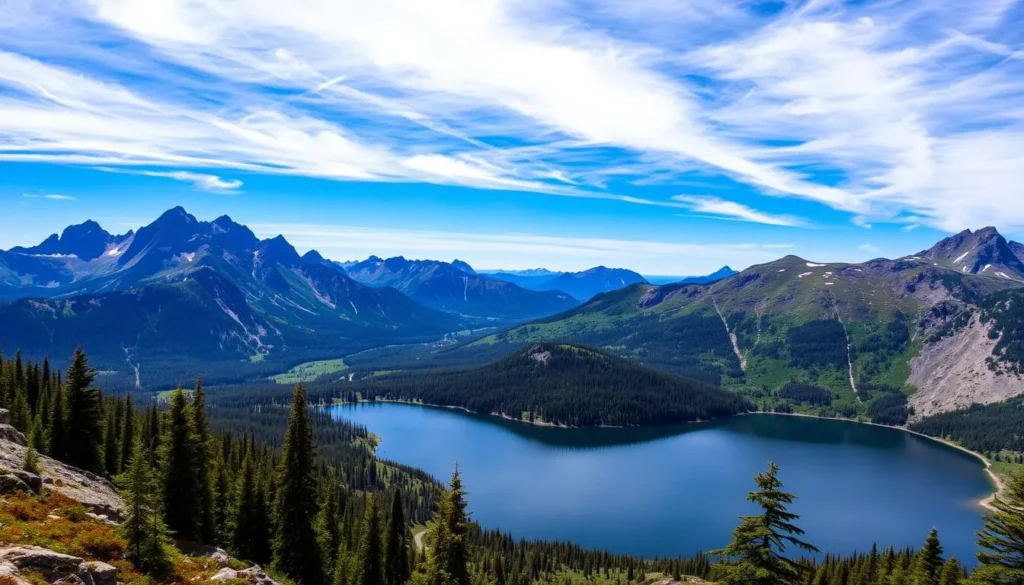
Summit Lake, located within Stone Mountain Provincial Park, is a serene destination that offers stunning mountain views and crystal-clear waters. The lake is an ideal spot for kayaking and fishing, surrounded by breathtaking scenery.
Muncho Lake’s Turquoise Waters
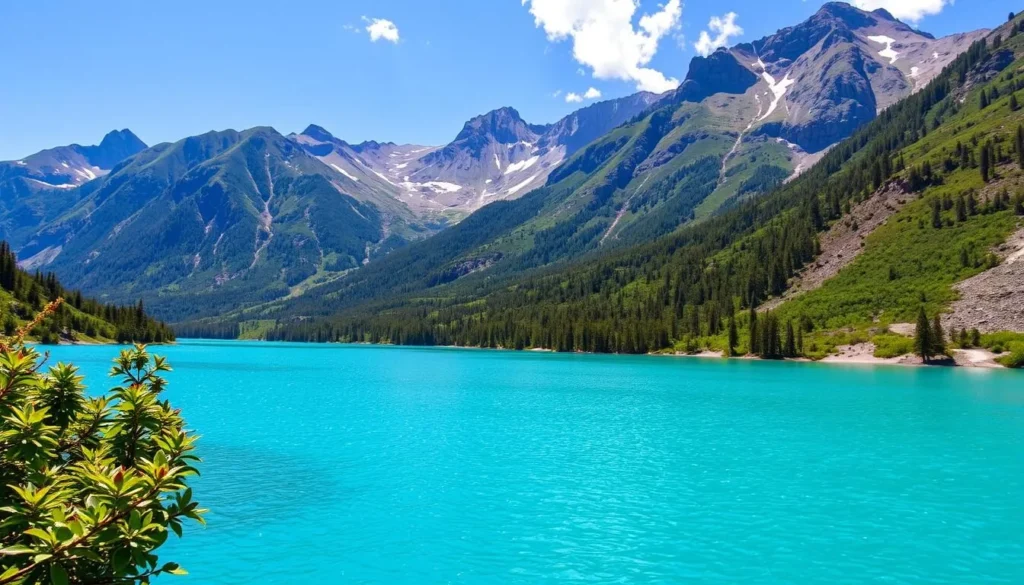
Muncho Lake Provincial Park is renowned for its turquoise waters, a result of the high mineral content in the lake. The lake’s stunning color is a striking contrast to the surrounding mountain peaks. You can enjoy kayaking, fishing for lake trout and Arctic grayling, or simply take in the breathtaking views from the numerous pullouts along the Alaska Highway.
Hot Springs and Relaxation Spots
Relaxation is just a stop away on the Alaska Highway, with hot springs providing a rejuvenating experience for travelers. After a long day of driving, unwinding in these natural wonders can be a truly unforgettable experience.
Liard River Hot Springs
Liard River Hot Springs has been a haven for tired travelers for decades, offering warm waters that are both soothing and rejuvenating. As the second-largest natural hot spring in Canada, it’s a must-visit for anyone driving along the Alaska Highway.
- Unparalleled Relaxation: Liard River Hot Springs Provincial Park offers the perfect natural remedy for road-weary travelers—Canada’s second-largest hot springs, flowing at a rate of 500 gallons per minute.
- Varied Temperature Zones: The developed pools maintain different temperature zones ranging from 108°F to 126°F (42°C to 52°C), allowing visitors to find their ideal soaking temperature in this natural thermal water.
- Immersive Wilderness Experience: A well-maintained boardwalk leads through a lush boreal spruce forest and rare warm-water swamp to reach the hot springs, creating an immersive wilderness experience even before entering the water.
- Unique Microclimate: The unique microclimate created by the hot springs supports unusual plant species, including 14 types of orchids and other plants typically found much further south.
- Popular Stop: Liard River Hot Springs is one of the most popular stops on the Alaska Highway, so consider visiting early morning or evening to avoid crowds, especially during peak summer months.
- Camping Facilities: The provincial park offers camping facilities, but these fill quickly in summer—reservations are highly recommended, or consider staying at nearby lodges if the campground is full.
Visiting Liard River Hot Springs is an experience that combines natural beauty, relaxation, and adventure, making it a highlight of any Alaska Highway journey.
Unique Roadside Attractions
From eclectic art installations to charming roadside lodges, the Alaska Highway offers a diverse array of attractions that enhance your road trip experience. As you travel along this iconic route, you’ll encounter unique stops that make the journey memorable.
Signpost Forest in Watson Lake
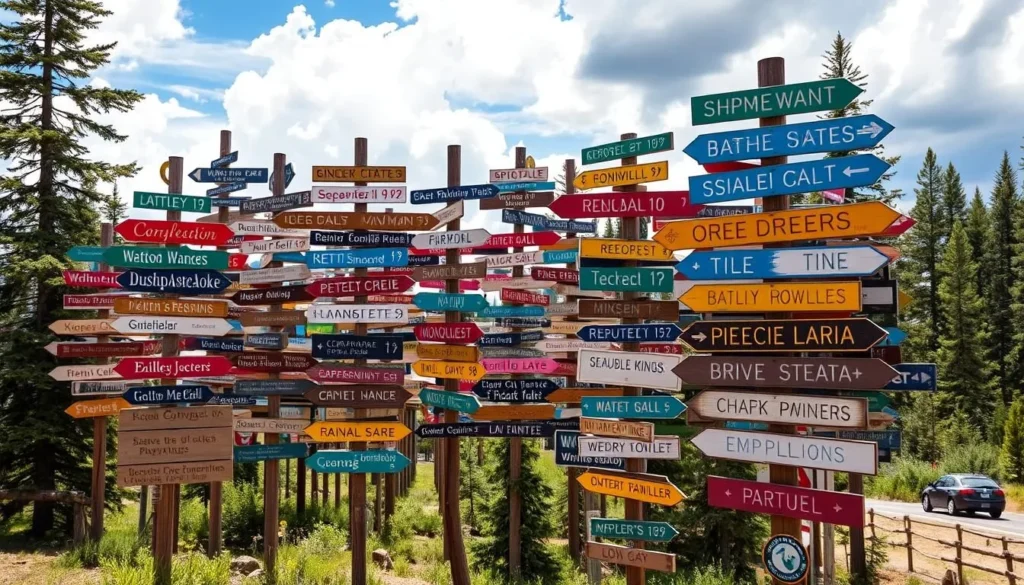
The Signpost Forest in Watson Lake is a quirky and fascinating attraction that has become a must-visit place for travelers on the Alaska Highway. This iconic forest features hundreds of signposts pointing to destinations around the world, creating a surreal and captivating scene.
Tetsa River Lodge and Famous Cinnamon Rolls
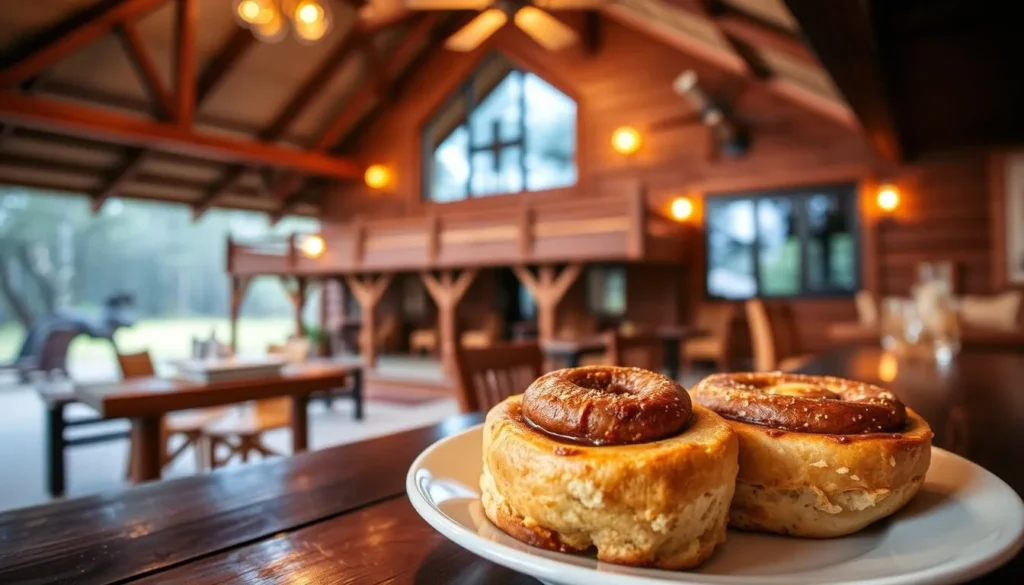
Tetsa River Lodge is renowned for its mouth-watering food, particularly its legendary cinnamon rolls. This charming lodge offers a warm welcome and a quintessential northern roadhouse experience, making it a favorite stop for travelers. Enjoy fresh pastries and take in the picturesque surroundings.
Scenic Hikes and Waterfalls
With its vast wilderness and diverse landscapes, the Alaska Highway offers a range of hiking experiences and waterfall sightings that are sure to impress. As you drive along this iconic route, you’ll have the opportunity to explore numerous trails that lead to breathtaking natural beauty.
Rancheria Falls
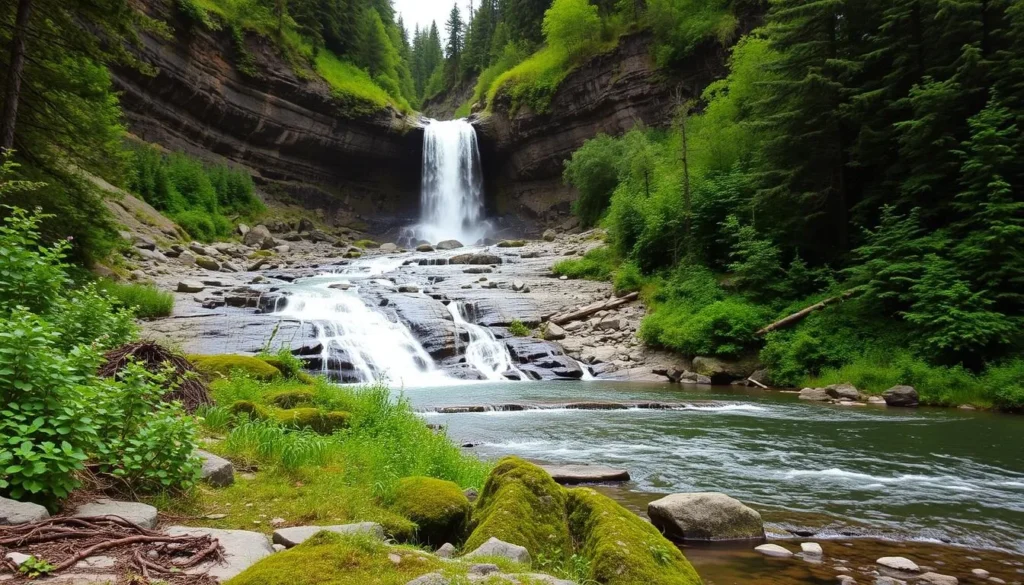
Rancheria Falls features a short trail to a nice, small waterfall. While it may not be as grand as other attractions, its location in a remote and barren stretch of the highway makes it a great spot to stretch your legs. Be cautious of mosquitoes during your visit.
Other Noteworthy Trails
The Alaska Highway is dotted with other remarkable hiking spots. For instance, the Mineral Licks Trail in Stone Mountain Provincial Park offers a 3 km round-trip hike with opportunities to spot wildlife. You’ll also find Smith River Falls, accessible via a short but steep trail at Historic Mile 548, featuring an impressive multi-tiered waterfall cascading through a limestone canyon. Additionally, the Flower Springs Lake Trail in Muncho Lake Provincial Park provides a moderate 3.5 km hike to an alpine lake with spectacular mountain views.
Wildlife Viewing Opportunities
As you embark on your Alaska Highway journey, be prepared for an array of wildlife viewing opportunities. The region is home to a diverse range of species, making it a haven for nature lovers and wildlife enthusiasts.
Common Wildlife Sightings
The Alaska Highway is a hotspot for spotting various wildlife, including grizzly bears, black bears, bison, caribou, deer, and moose. During one trip, travelers spotted 2 grizzly bears, 12 black bears, 6 bison, 1 caribou, 1 deer, and 2 moose. These sightings highlight the rich biodiversity of the area.
Best Viewing Areas and Safety Tips
The stretch between Stone Mountain and Muncho Lake Provincial Parks is particularly notable for wildlife sightings. To make the most of your wildlife viewing experience, consider the following safety tips:
- Early morning and evening hours are best for viewing wildlife when they are most active.
- Maintain a safe distance from wildlife; use binoculars or a camera zoom lens instead of approaching.
- Pull completely off the highway when stopping to view wildlife, and use hazard lights to alert other drivers.
- Keep food securely stored to avoid attracting wildlife to rest areas and campgrounds.
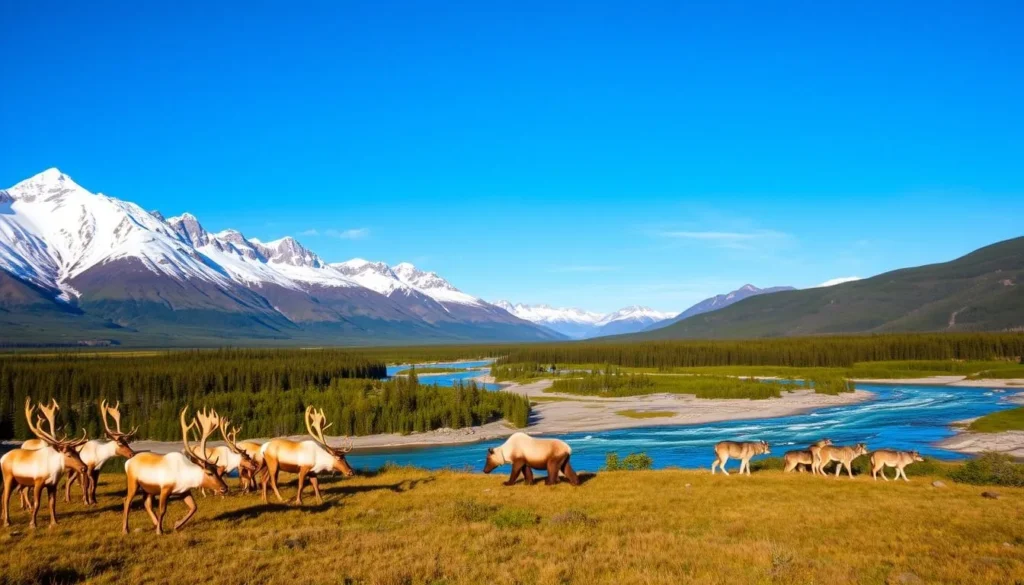
Conclusion: Making the Most of Your Alaska Highway Journey
The Alaska Highway journey is more than just a road trip; it’s an immersive experience into the heart of northern Canada. Your adventure through British Columbia offers a perfect blend of natural wonders, historical sites, and authentic northern experiences that create memories to last a lifetime.
To make the most of your journey, allow flexibility in your itinerary. Some of the most memorable experiences come from unexpected discoveries and spontaneous wildlife encounters. Consider traveling the highway in both directions to reveal different aspects of the landscape.
Document your Alaska Highway trip through photographs or journals. The true value lies not just in reaching your destination, but in embracing the journey itself—the vast landscapes and connection to both nature and human history.
—
The above is subject to change.
Check back often to TRAVEL.COM for the latest travel tips and deals.
